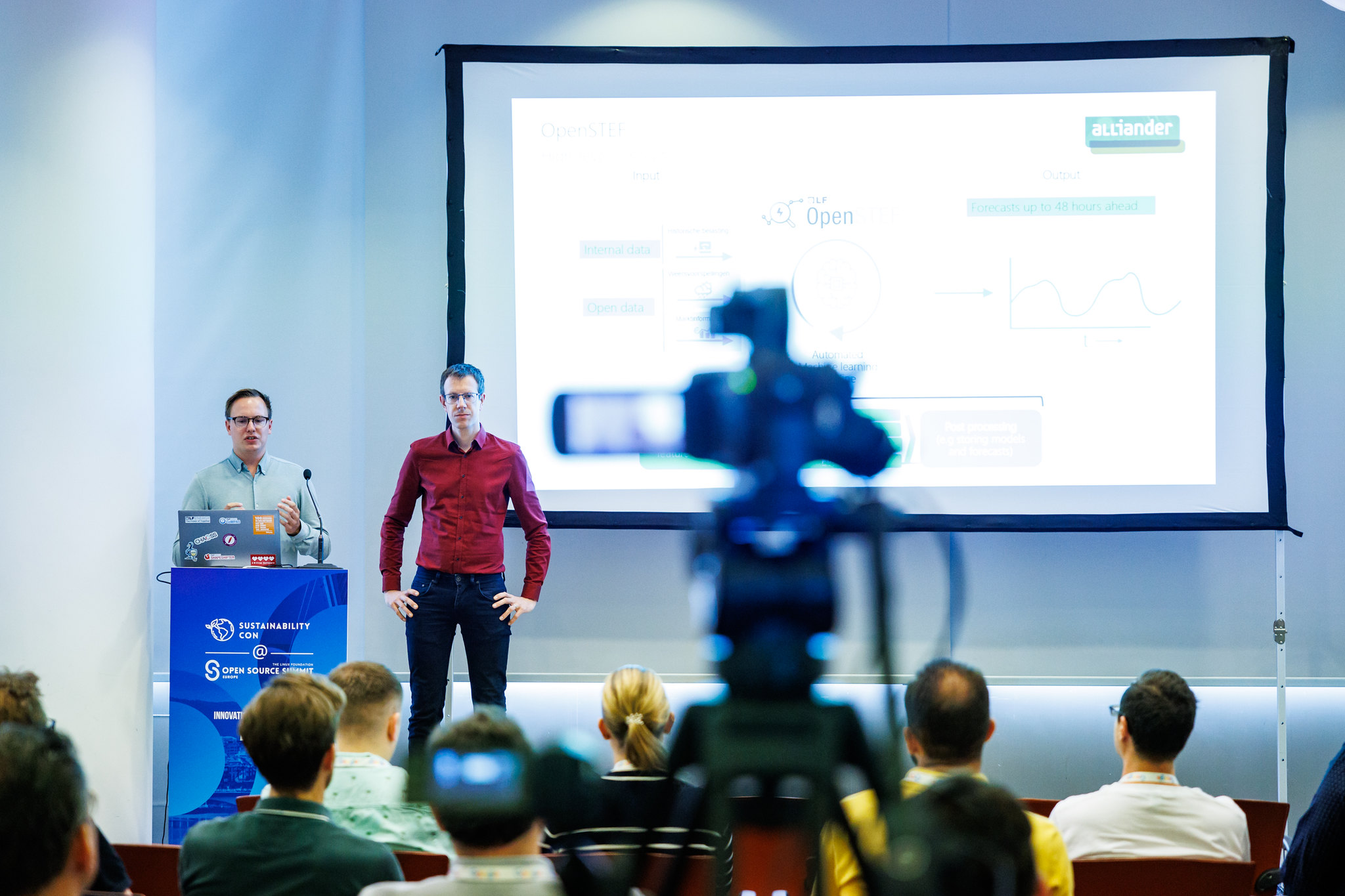In an increasingly environmentally-conscious world, the transition towards renewable energy sources is an imperative. At Open Source Summit Europe 2023, Jonas van den Bogaard and Nico Rikken, representatives from Alliander, the largest distribution system operator in the Netherlands, shed light on the pivotal role that open source solutions play in facilitating the integration of renewable energy into power grids. In this blog post, we will summarize the key takeaways from their insightful session.
The Challenge: Integrating Renewable Energy
The session began with an acknowledgment of the challenges that distribution system operators like Alliander face amid the ongoing energy transition. With fossil fuels becoming scarcer and their environmental impact increasingly evident, renewable energy sources such as solar and wind power are gaining prominence. The Netherlands, in particular, has witnessed a significant shift towards these sustainable alternatives, with the closure of fossil fuel power stations and the surge in solar panels, wind energy, and electric vehicles.
However, this transition poses unique challenges. The existing grid infrastructure, designed for different energy dynamics, is struggling to keep up with the rapid growth in electricity demand driven by renewable sources. This situation necessitates creative solutions to balance supply and demand efficiently.
The Role of Open Source Solutions
Enter open source projects. Jonas and Nico introduced three key projects hosted by LF Energy that are helping Alliander tackle these challenges head-on:
- OpenSTEF: This open source tool focuses on anticipating local congestion, a critical aspect of managing grid capacity effectively. It provides short-term forecasts for the energy sector, using a machine learning pipeline to create energy forecasts. These forecasts enable grid operators to make informed decisions about energy distribution and load management.
- Power Grid Model: This project enhances the modeling and analysis of grid scenarios. It helps grid architects understand how various factors, such as wind and solar energy production, affect grid load. By providing insights into grid behavior, it aids in proactive decision-making.
- ShapeShifter: This project focuses on enabling the trading of flexibility to mitigate issues like congestion. It allows grid operators to manage grid constraints more effectively by leveraging the flexibility of consumer devices and energy storage solutions.
The Future of Energy Integration
The presentation concluded with an intriguing glimpse into the future. The speakers touched upon the concept of enabling households to take control of their energy consumption through automation and protocols. This could potentially allow consumers to profit from consuming energy during periods of high renewable energy production, such as sunny or windy days, while helping grid operators balance supply and demand more effectively.
